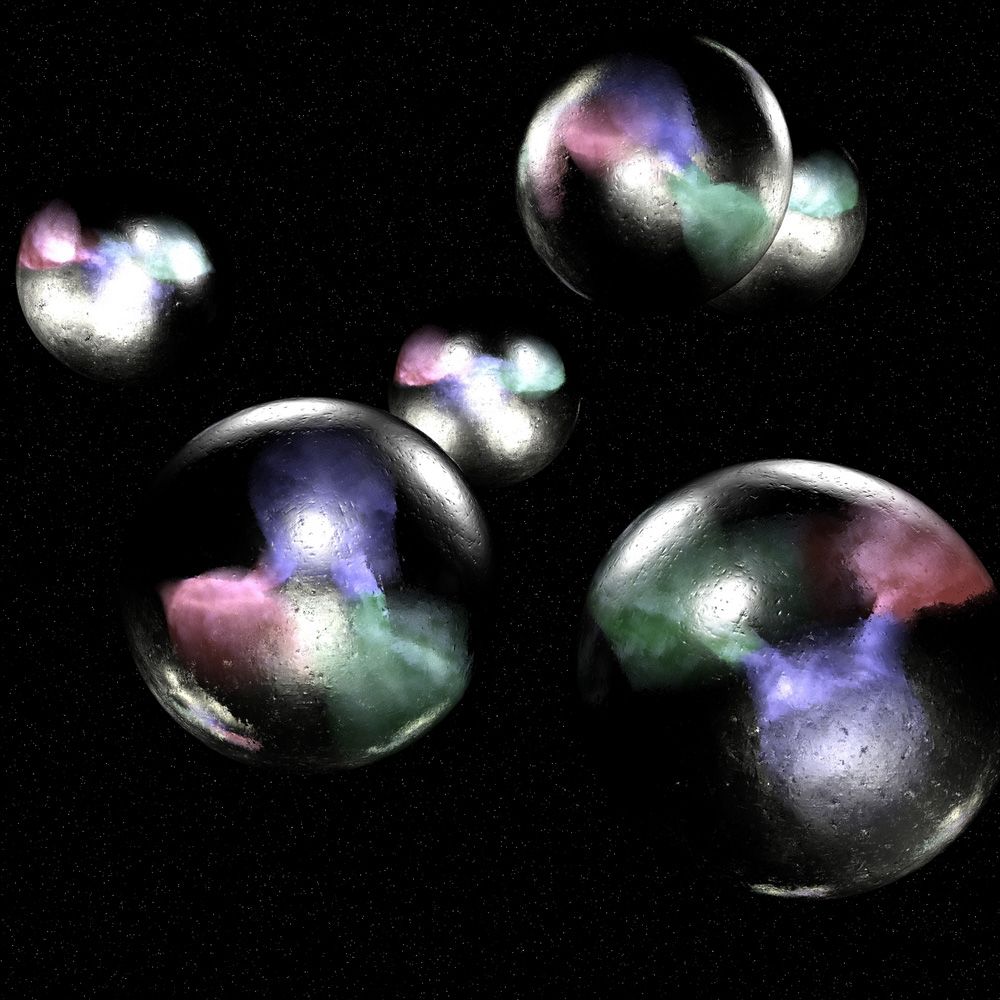- UID
- 20
- Online time
- Hours
- Posts
- Reg time
- 24-8-2017
- Last login
- 1-1-1970
|
|
━━━━━━━━━━━━━━━━━
Physicists are still trying to reconcile two different worlds: the quantum and the macro.

(Image: © MichaelTaylor/Shutterstock)
▼ Let's face it: quantum mechanicsis really confusing. All the rules of physics that we're used to simply go straight out the window in the quantum realm.
Put a particle in a box. According to classical physics (and common sense), that particle should stay in that box forever. But under quantum mechanics, that particle can simply be outside the box the next time you look. In classical thinking, you can measure the momentum and position of something to an arbitrary degree of precision. Not so in the quantum world— the more you know about one, the less you know about the other. Is something a wave or a particle? According to the classical viewpoint, you can pick one and only one. But ask your friendly neighborhood quantum mechanic, and they'll tell you something can be both.
The quantum world is hard to understand, but at some point the rules of the subatomic give way to the rules of the macroscopic. But how? We're not exactly sure, and it's been a long, strange journey in trying to answer that question.
One atom at a time
The first person to put some useful labels on the quantum world was physicist Niels Bohr. In the early 1900s, scientists around the world were beginning to awaken to the strange and unexpected behavior of atomic and subatomic systems. They had, after decades of grueling work, realized that certain properties, like energy, come in discrete packets of levels dubbed "quanta." And while physicists were beginning to sketch out a mathematical foundation to explain these experiments, nobody had yet developed a complete, consistent framework.
Bohr was one of the first to attempt it. And while he didn't provide a full theory of quantum mechanics, he did lay some serious groundwork. He also promoted some ideas that would become the cornerstones of modern quantum theory.
The first appeared in his early attempt to model the atom. In the 1920s, we had known through a variety of very cool experiments that the atom is made of a heavy, dense, positively charged nucleus surrounded by a swarm of tiny, light, negatively charged electrons. We also knew that these atoms could only absorb or emit radiation at very specific energies.
But, like, what did it look like? (▪ ▪ ▪)
► Please, continue reading this article here: Source |
|